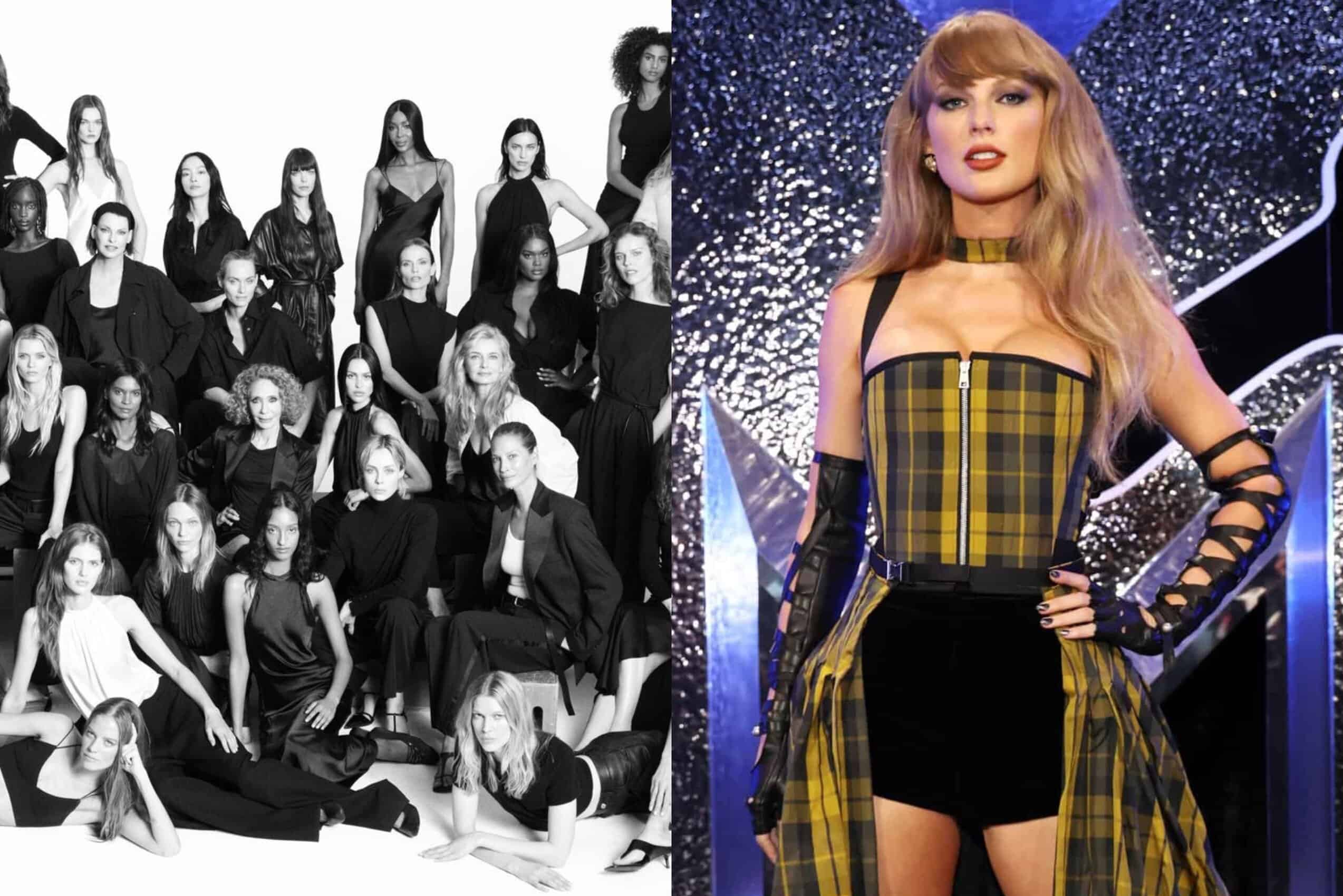
Before Nicolas Winding Refn stunned us with his 2011 neon-drenched noir, Drive, the director created a cinematic experience revealing his artistic obsessions. Through violence and dark humor, 2008’s Bronson features possibly the most unhinged performance in Tom Hardy‘s career, and that’s saying something. It tells the story of Michael Gordon Peterson, who would rename himself after action star Charles Bronson and become Britain’s most notorious prisoner.
The film’s approach — part theatrical performance, part biography — provided a canvas for Refn’s formalist tendencies and Hardy’s fierce physicality. Bronson marks a pivotal moment for both artists: for Refn, a ripening of his aesthetic before acquiring wider recognition, and for Hardy, one giant step into Hollywood stardom. The collaboration between the Danish director and the British actor resulted in one of modern cinema’s most interesting character studies.
Refn Knows How To Stand Out
FilmDistrict
Peterson renamed himself Charles Bronson after the famous action star and soon became known as one of Britain’s most infamous prisoners. Rather than a traditional biopic, Refn framed Bronson as a theatrical performance with Bronson directly addressing the audience, breaking the fourth wall, and narrating his own life as if it were a vaudevillian spectacle. This stylistic choice complemented the protagonist’s grandiose self-image and desire for fame.
Refn’s vision is clear — meticulously framed compositions with stark contrasts between darkness and light; violence choreographed with balletic precision; disorienting soundscapes piecing together classical music with electronica to mirror psychological fragmentation; and a fascination with mythmaking, as his protagonists express extraordinary personas.
In Bronson, the prison scenes alternate between claustrophobic cells and surreal theatrical stages, creating a hazy quality that makes it unlike a typical biopic. This style would later define Refn’s most celebrated works, such as Drive, where these same sensibilities would reach their apex: neon-soaked Los Angeles nights, the jaw-dropping violence of the elevator scene, and Ryan Gosling’s nameless Driver becoming a modern cinematic myth, all prefigured in Bronson’s dramatic brutality.
Tom Hardy Has Carved a Singular Path
The Weinstein Company
Bronson marks a crucial point in Hardy’s career, where he shifted from a promising actor to a recognized talent known for his extreme dedication to his craft. Undergoing a dramatic physical transformation, he added muscle mass and fat to his frame, embodying Bronson’s physique. But more impressive is the psychological inhabitation of the character. Hardy oscillates between charming raconteur and feral beast without haste, his expressive face contorting from glee to rage in seconds. As seen with Hardy in countless roles, he reveals a vulnerability beneath the bravado. Here’s an actor willing to abandon all vanity and self-consciousness to embody multifaceted, often complex characters.
Hardy appeared in Black Hawk Down (2001), Layer Cake (2004), and a BBC adaptation of Oliver Twist (2007), but was not yet a major player. After Bronson, it was no surprise that his performance caught the attention of Christopher Nolan, who cast him in the masterpiece Inception (2010). Hardy has built a career playing characters teetering on society’s edges, favoring physical transformations and distinctive vocal work. From the mumbling bootlegger Forrest Bondurant in Lawless (2012) to the dual roles of the Kray twins in Legend (2015) and the recent Venom: The Last Dance (2024), he continues to make unorthodox choices, setting him apart from his contemporaries.
Related
It Took a Decade for Tom Hardy’s ‘Taboo’ to Return (And That’s a Good Thing)
Tom Hardy recently told MovieWeb more about ‘Taboo’ Season 2, and despite the time difference, it still deserves it.
Two Men with One Goal
The controlled approach of Refn provided the precise framework needed to free Hardy’s chaos without allowing it to become merely excessive. Their union represents a director meeting an actor willing to surrender to a vision. While they haven’t worked together since, both artists continue to pursue projects that challenge conventional filmmaking and performance. Hardy told Interview Magazine, “I loved working with Nic and I would love to work with him again. I know that I’m going to have an argument with him, but I wouldn’t have it any other way. He challenges me, and I like to think I challenge him. And the team he chose is fucking awesome and I think we came up with a good piece of film.”
Related
Tom Hardy’s Most Underrated Performance Comes from This Dark Comedy
It’s gritty, it’s violent, it’s funny, what more could you ask for?
Bronson’s influence is apparent in both their subsequent careers. It confirmed Refn’s reputation as a visionary stylist before Drive and propelled his name to the forefront of contemporary auteur cinema. And Hardy? It proved his willingness to dissolve entirely into roles through sheer commitment. Where studio filmmaking can veer toward safer territory, the movie shows what’s possible when directors and actors prioritize artistic expression over commercial appeal, which doesn’t always pay off, unlike Bronson.
Release Date
October 9, 2008
Runtime
92 minutes
Director
Nicolas Winding Refn
Writers
Brock Norman Brock
Producers
Allan Niblo, James Richardson, Kate Ogborn, Nick Love, Rupert Preston, Thor Sigurjonsson, Jane Hooks, Rob Morgan, Simon Fawcett, Danny Hansford, Paul Martin, Sean Faughnan, Suzanne Alizart
-
Michael Peterson / Charles Bronson
You can view the original article HERE.
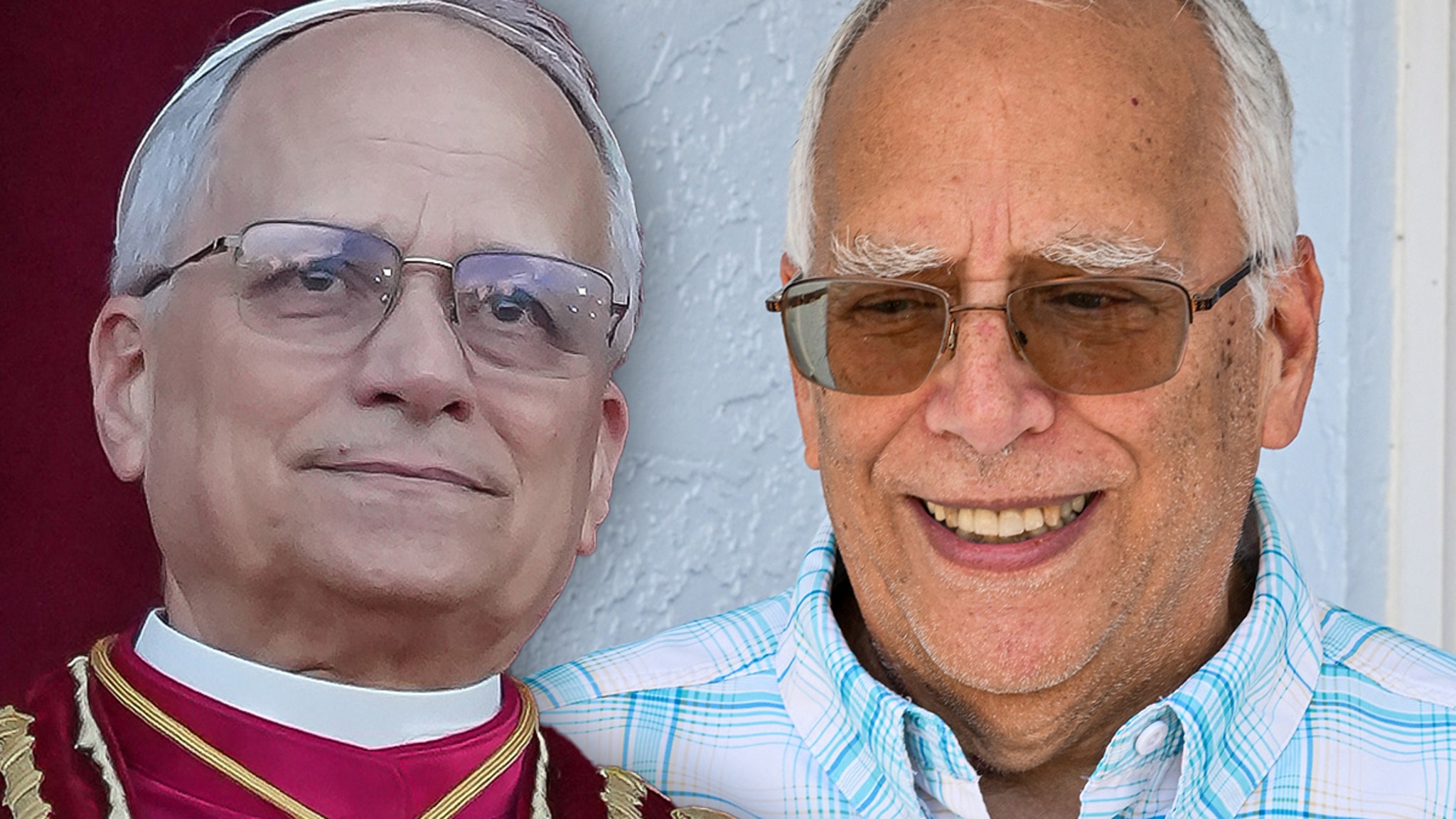
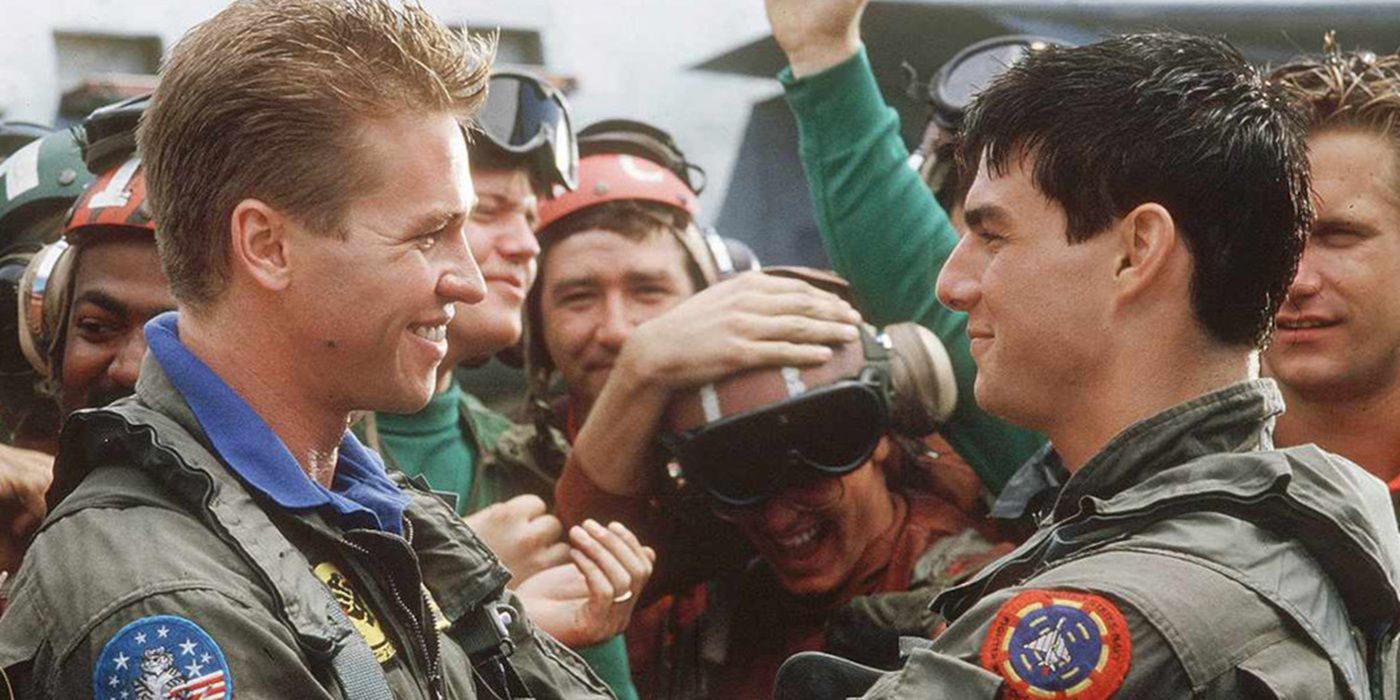


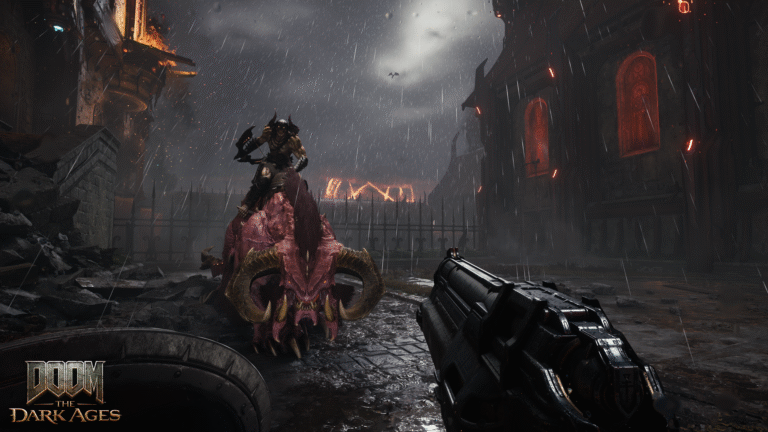
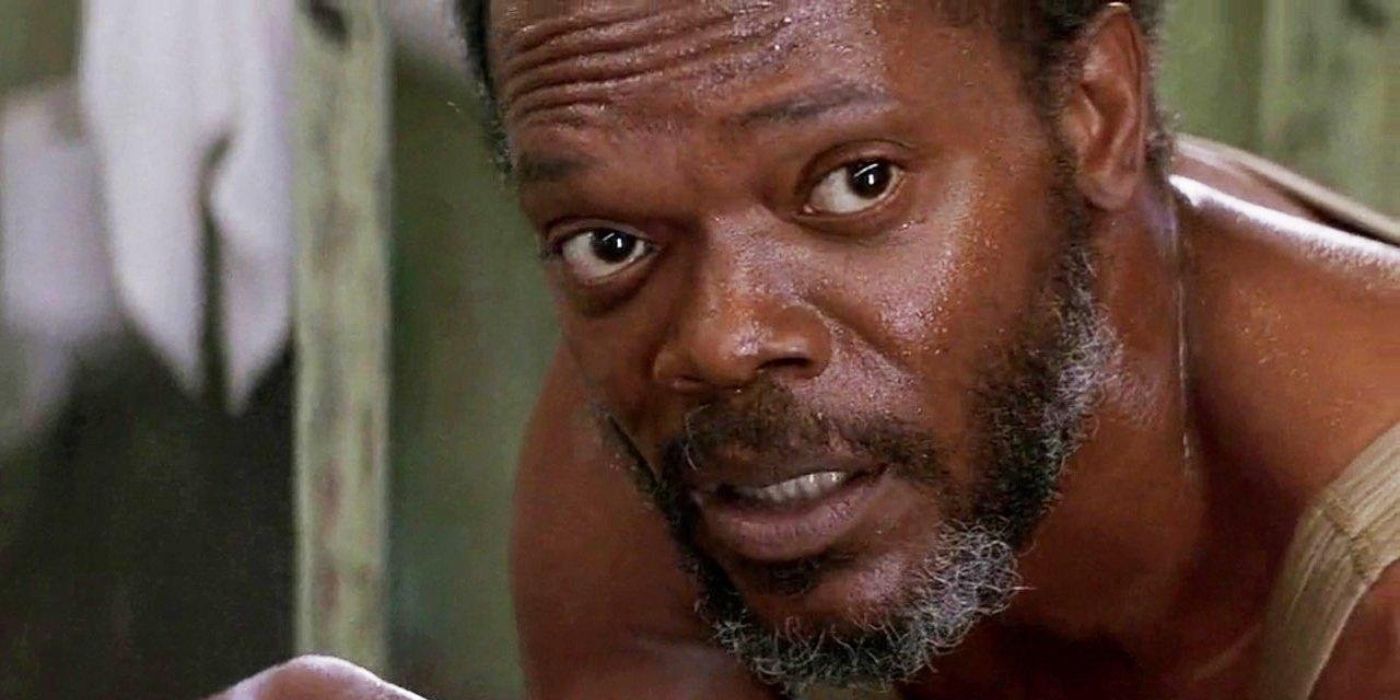



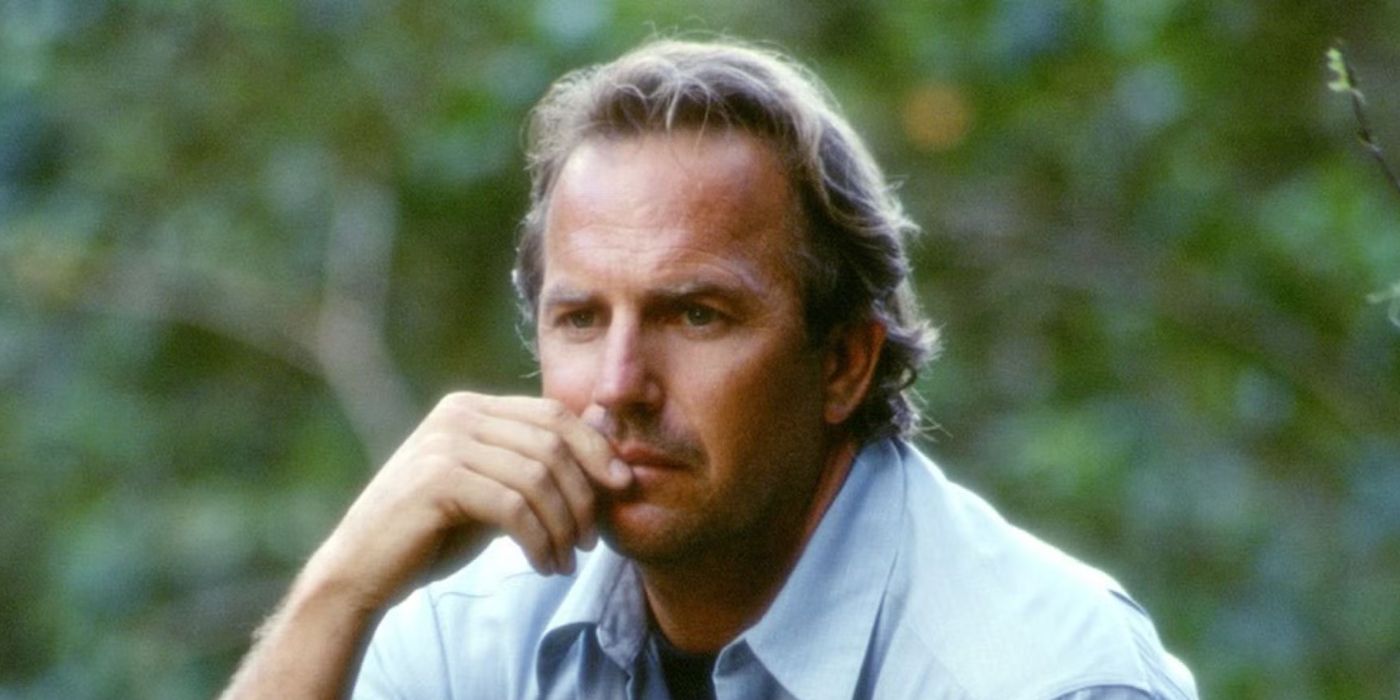

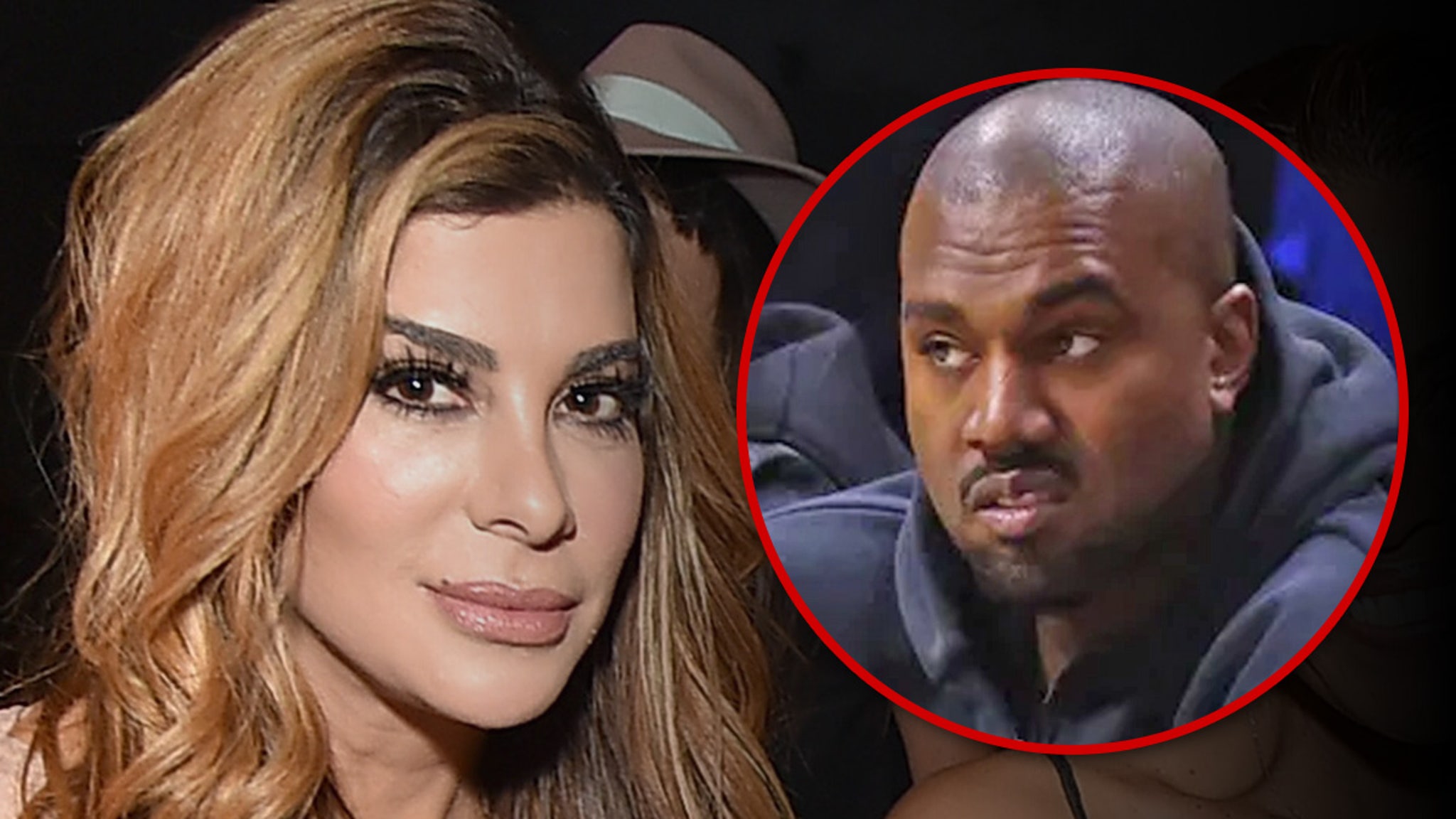
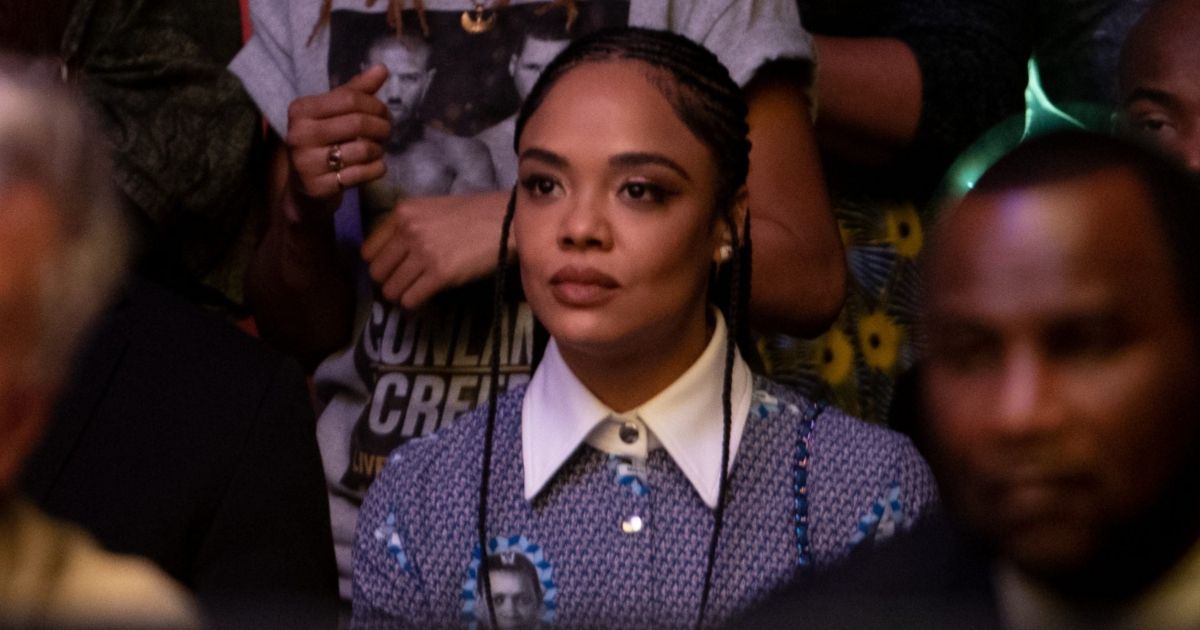
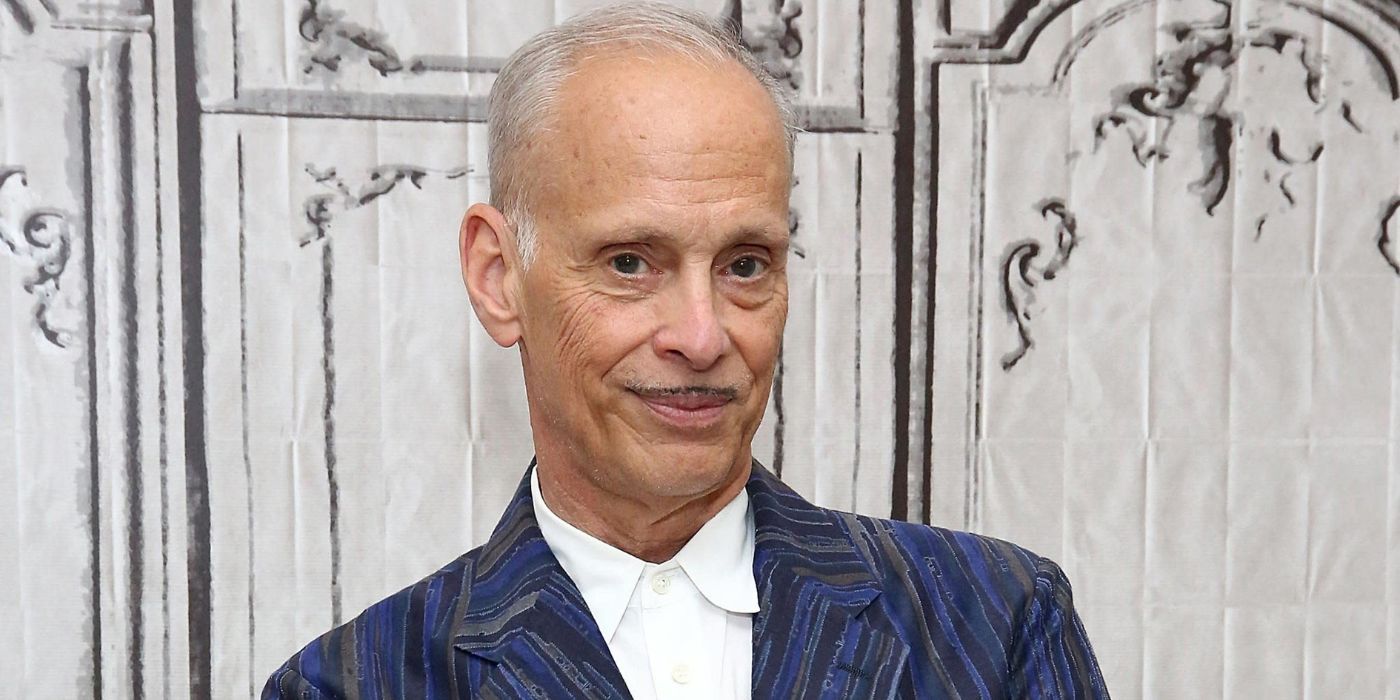


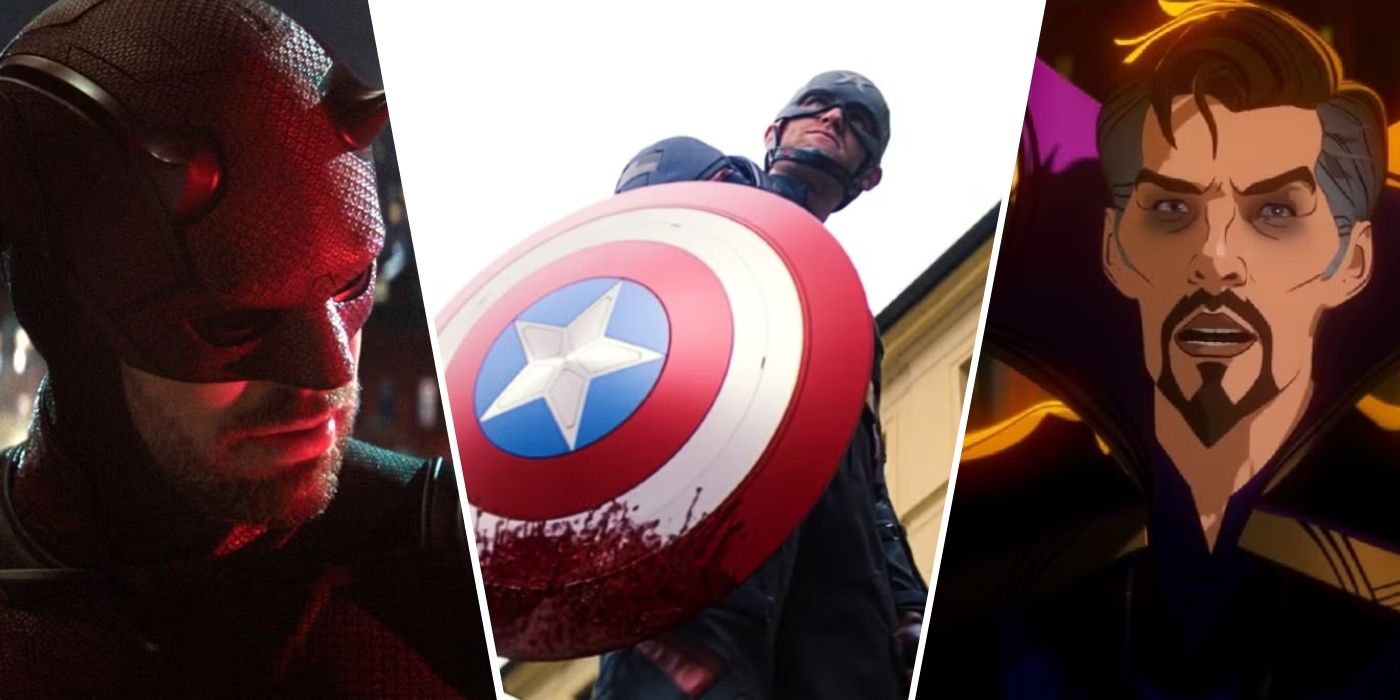




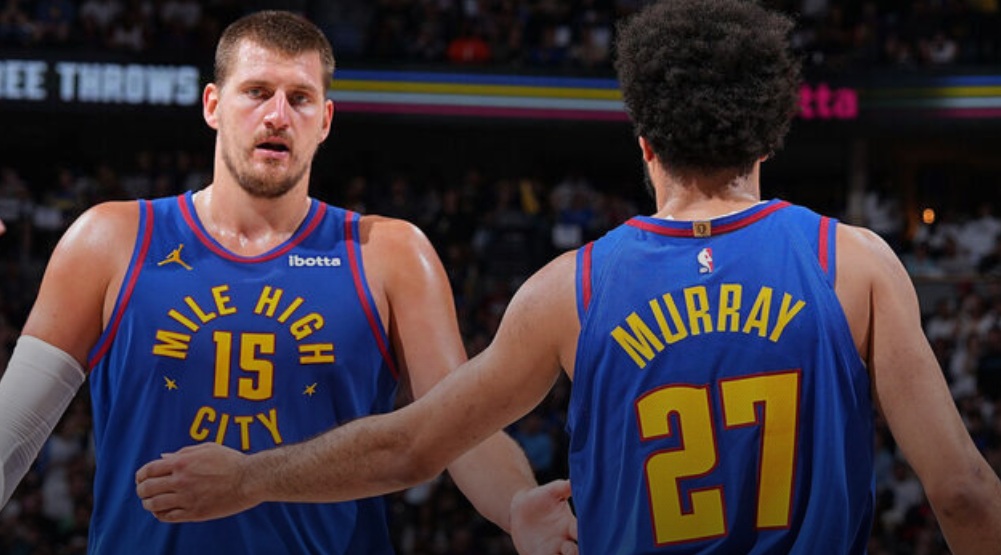
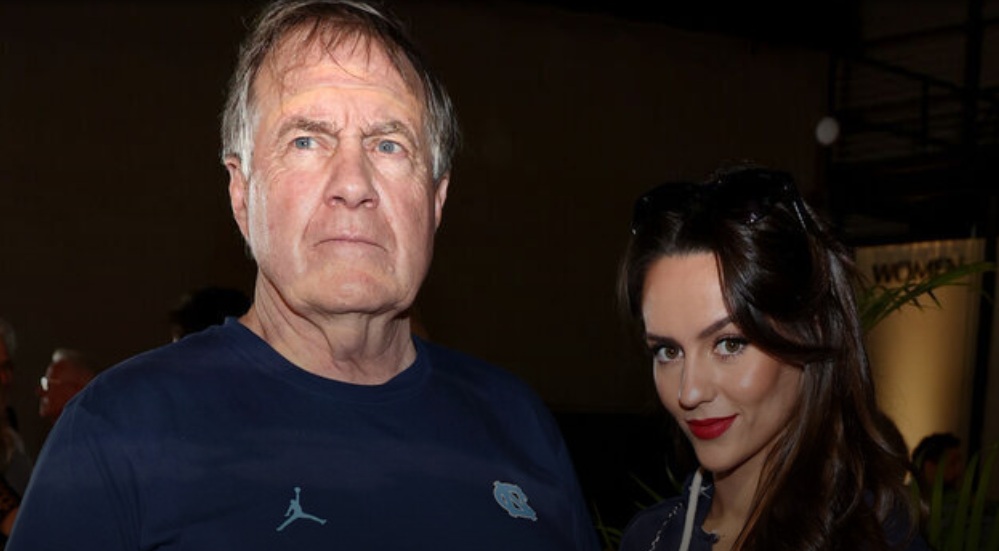
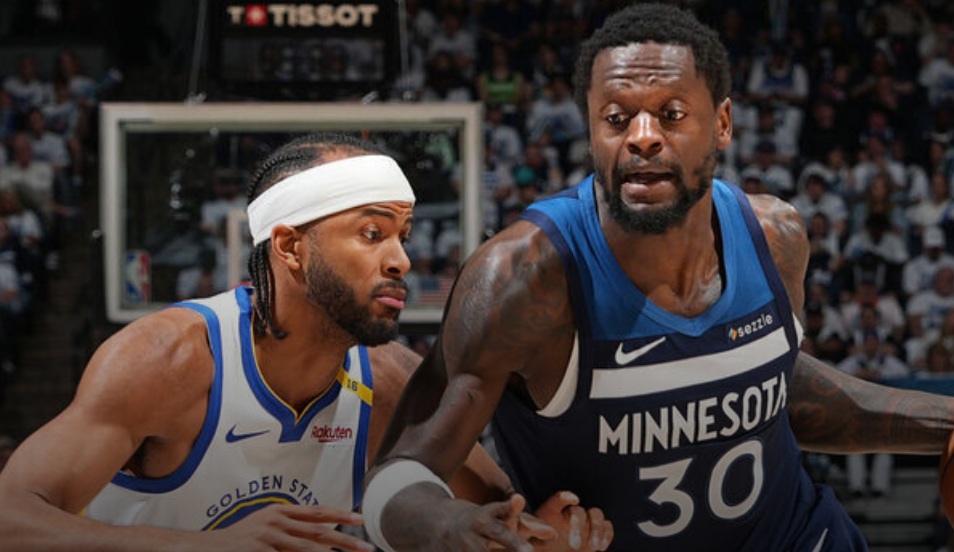
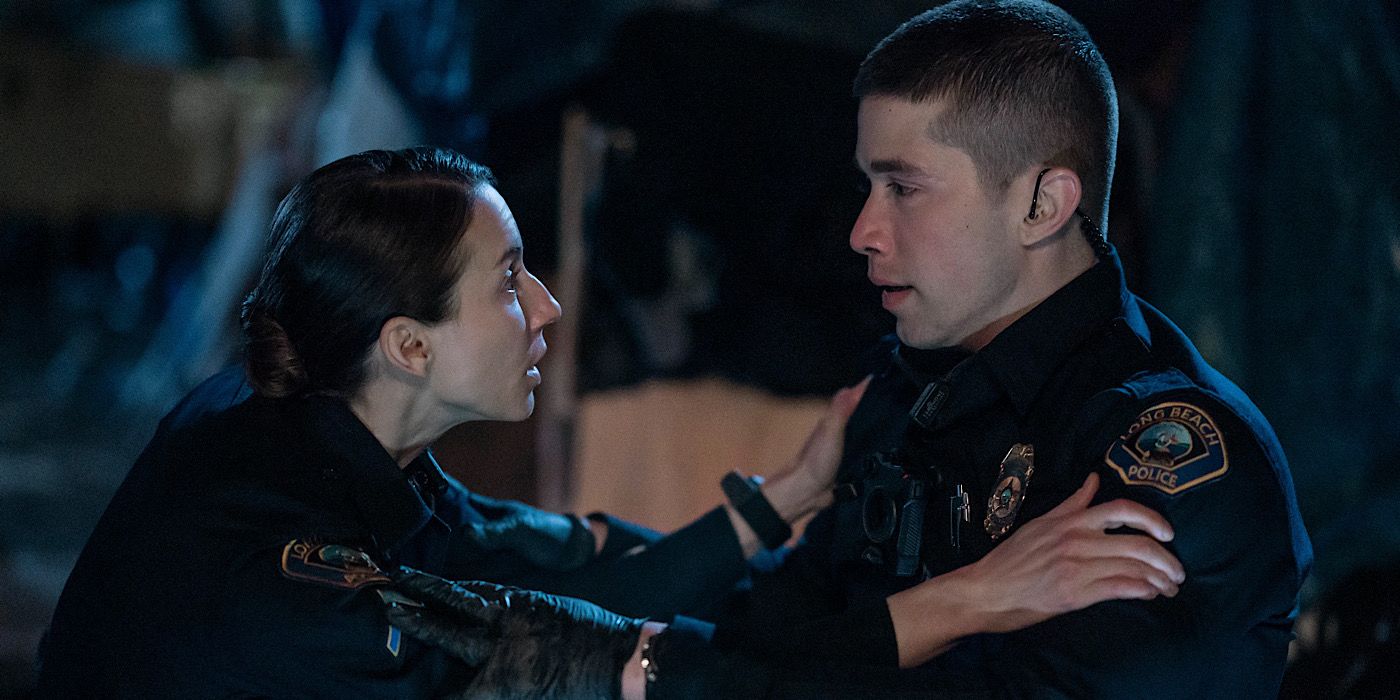

![Here’s To The Ladies Who [Hat] Lunch! Here’s To The Ladies Who [Hat] Lunch!](https://fashionweekdaily.com/wp-content/uploads/2025/05/Katherine-Birch-Marcia-Mishaan-Gillian-Miniter-Muffie-Potter-Aston-Elyse-Newhouse-scaled.jpg)
